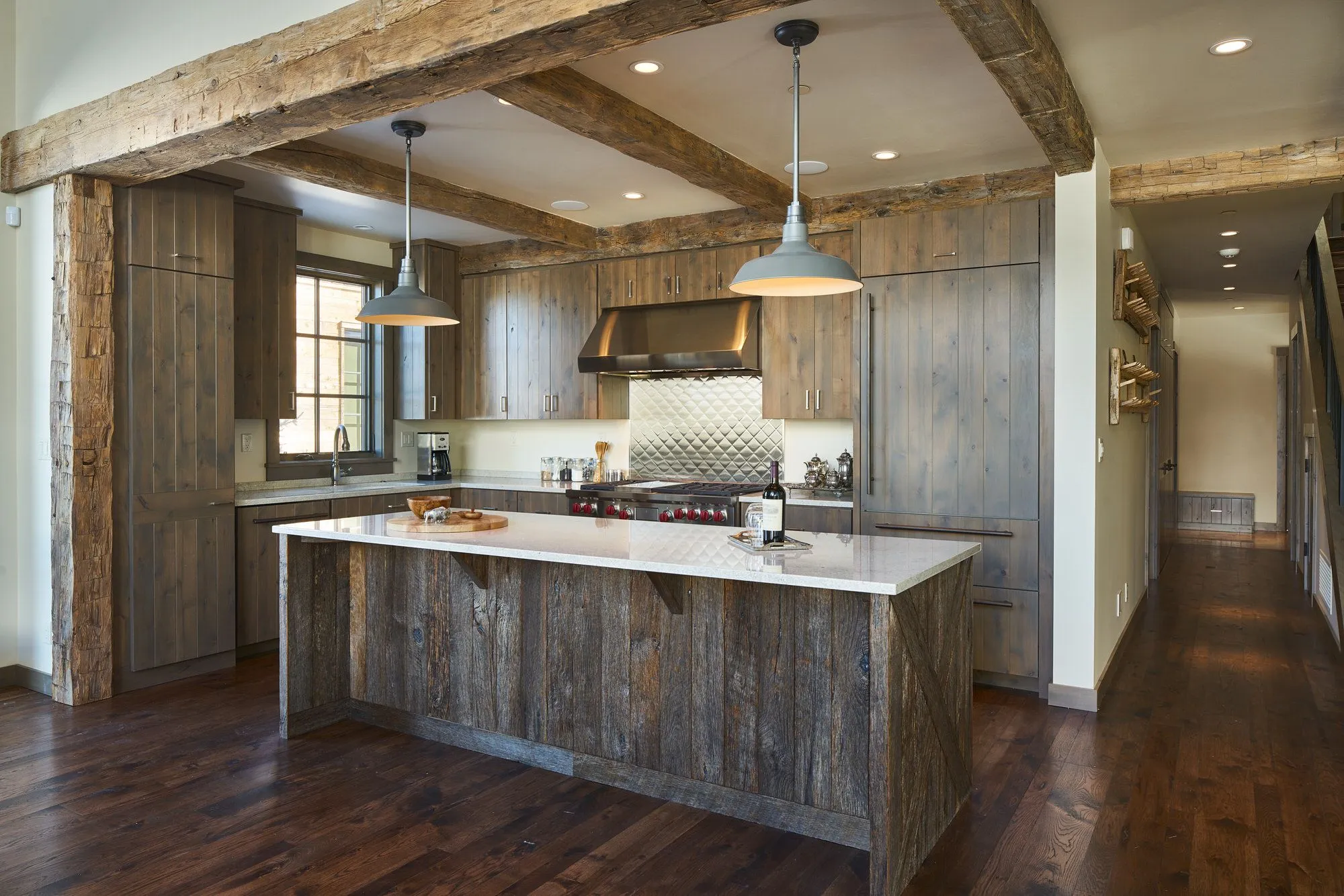What is Rustic Kitchen Decor?
Rustic kitchen decor is all about embracing natural materials, warm colors, and a sense of history. It’s a style that celebrates imperfection and highlights the beauty of age and wear. Think of cozy, inviting spaces that feel lived-in and full of character. This aesthetic is not about sleek lines and modern minimalism, but rather about creating a warm and welcoming heart of the home. The rustic style often draws inspiration from farmhouses, cottages, and traditional country homes, but it can be adapted to suit a variety of spaces, from small apartments to large family homes. The key is to incorporate elements that evoke a sense of comfort, simplicity, and a connection to nature. This style creates a haven where people can gather, cook, and enjoy the simple pleasures of life. The goal is to craft a space that feels both timeless and uniquely personal.
Key Elements of Rustic Kitchen Design
Several key elements define the rustic kitchen design. These include the use of natural materials like wood, stone, and metal; a warm and inviting color palette; exposed architectural features; and vintage or antique accents. The layout should be functional and practical, designed for everyday living and cooking. A focus on natural light is also critical, creating a bright and airy space that enhances the warmth of the materials. Consider adding open shelving to display your favorite dishware and cookware, and incorporate elements like farmhouse sinks and wooden countertops to enhance the rustic aesthetic. The key is to create a harmonious blend of functionality and style. Don’t be afraid to mix and match different textures and finishes to achieve a unique and inviting feel. Remember, the goal is to create a kitchen that feels lived-in, loved, and full of personality. The rustic style welcomes imperfections, embracing the character of each piece and creating a space that tells a story.
Color Palette and Materials
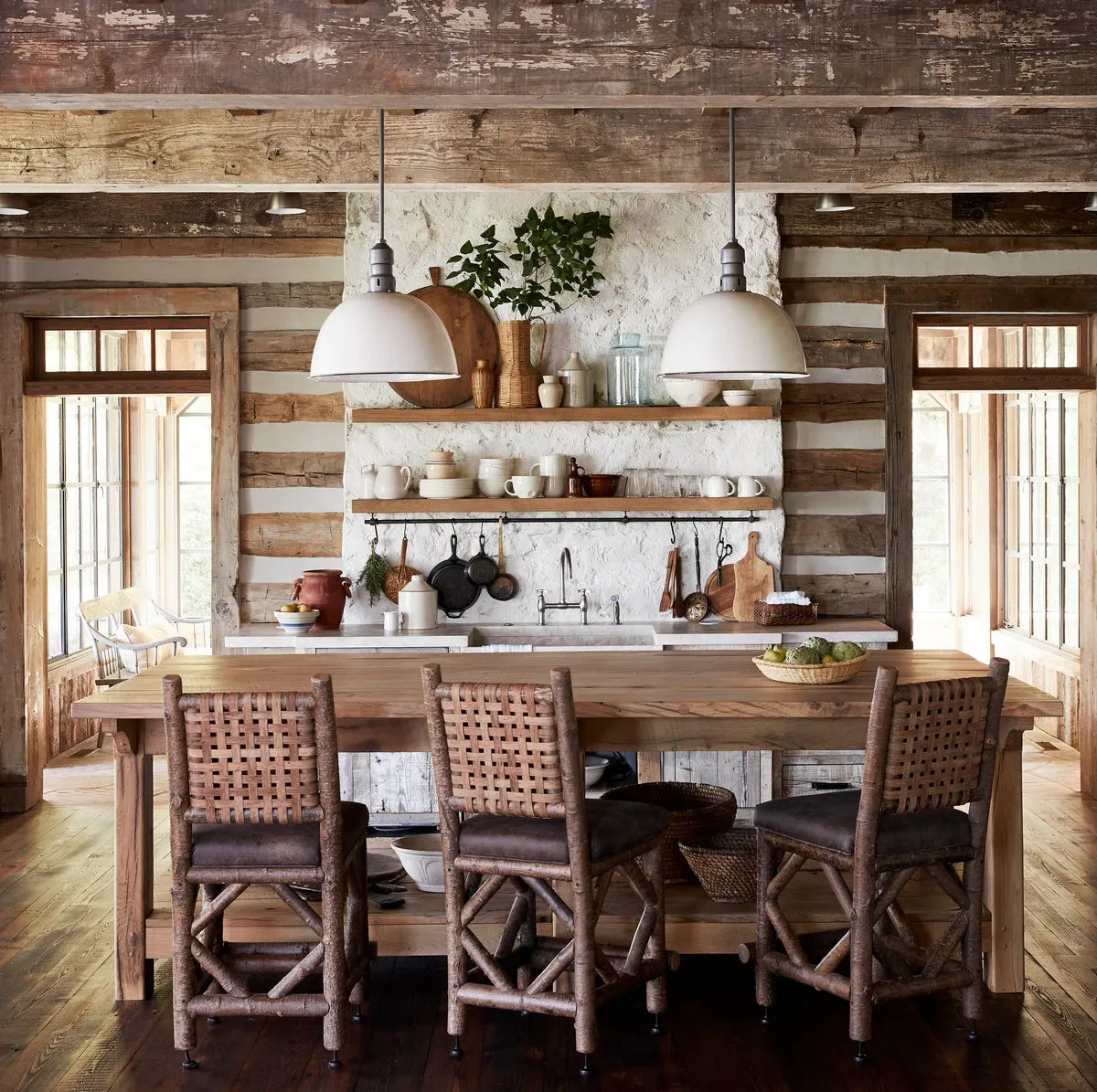
The color palette for a rustic kitchen typically revolves around earthy tones and natural colors. Think of warm, inviting hues that reflect the outdoors, such as creamy whites, soft grays, muted greens, and rich browns. These colors create a sense of warmth and tranquility, providing a perfect backdrop for the natural materials that are central to the style. Materials such as wood, stone, and metal are essential. Unfinished or reclaimed wood adds warmth and character to cabinets, countertops, and flooring. Stone can be used for backsplashes, countertops, or even feature walls, adding texture and visual interest. Metal elements, such as wrought iron or copper, can be incorporated through lighting fixtures, cabinet hardware, or decorative accents. When selecting colors and materials, aim for a cohesive look that feels grounded and connected to nature. The goal is to create a space that is both visually appealing and inviting. The careful selection of colors and materials is essential to creating a harmonious and authentic rustic kitchen.
Earthy Tones and Natural Textures
Earthy tones and natural textures are at the heart of rustic kitchen design. The goal is to create a space that feels grounded and connected to nature, using colors and materials that evoke the outdoors. Consider incorporating colors like warm creams, soft beiges, and muted greens. These colors create a sense of comfort and tranquility, and provide a perfect backdrop for the natural textures that are essential to the style. Incorporate elements of texture like rough-hewn wood, weathered stone, and exposed brick. These textures add visual interest and depth to the space. Natural materials like wood, stone, and metal are fundamental, each offering a unique texture and character. Wood can be used for cabinets, countertops, and flooring, while stone adds visual weight and a connection to nature. Metal accents, like wrought iron or copper, can add a touch of sophistication. The goal is to create a space that feels inviting, warm, and full of character, celebrating the beauty of natural materials and textures.
Wood, Stone, and Metal
The combination of wood, stone, and metal is a hallmark of rustic kitchen design. Wood provides warmth, texture, and a connection to nature, with options ranging from reclaimed wood for a vintage look to solid wood for a more traditional feel. Stone adds a sense of permanence and grounding, and can be used for countertops, backsplashes, or flooring. Metal accents, such as wrought iron or copper, add a touch of sophistication and industrial charm. These materials can be combined in various ways to create a unique and inviting space. Consider using wooden cabinets paired with stone countertops and metal hardware for a balanced look. Exposed wooden beams can add a rustic touch to the ceiling, while a stone backsplash can create a focal point. The combination of these materials provides a harmonious blend of warmth, texture, and visual interest. Remember to choose finishes that complement each other and reflect the overall style of your kitchen. The key is to create a space that feels authentic, functional, and full of character.
Rustic Kitchen Decor Ideas Top 7
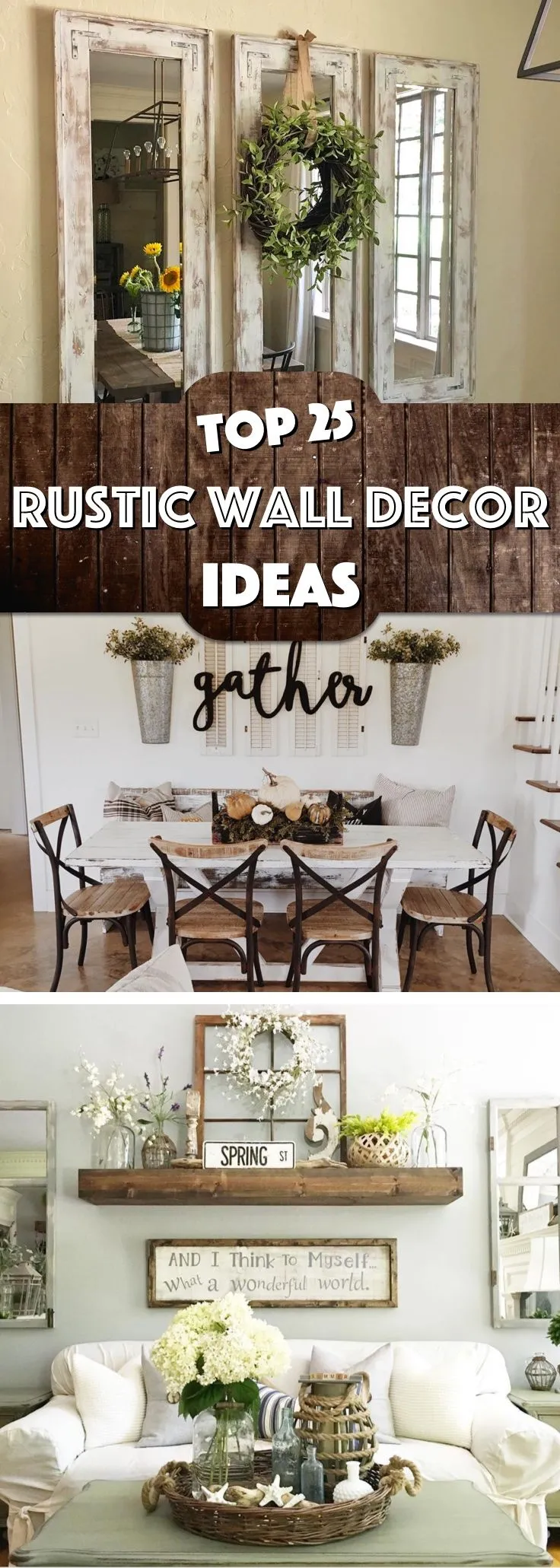
Exposed Shelving and Open Storage
Exposed shelving and open storage are key elements in rustic kitchen design, adding both functionality and visual appeal. They provide a way to display your favorite dishware, cookware, and decorative items, adding character and personality to the space. Consider using reclaimed wood for shelving to add a touch of vintage charm. Open shelves can also create the illusion of more space, making a small kitchen feel less cramped. Arrange your items thoughtfully, grouping similar items together and leaving some negative space to create a balanced look. You can also incorporate open storage elements like baskets, mason jars, and wooden crates to store dry goods and other essentials. Remember to keep the shelves clean and organized, as everything is on display. Exposed shelving adds a layer of texture and personality to a rustic kitchen. They provide an opportunity to showcase your personal style and create a welcoming atmosphere.
Vintage and Antique Accents
Vintage and antique accents are essential for adding character and charm to a rustic kitchen. Incorporating pieces with history brings a sense of warmth and individuality to the space. Search for vintage items at antique stores, flea markets, or online marketplaces. Consider using antique signs, kitchen tools, or decorative items to add a touch of nostalgia. Display vintage scales, enamelware, or old cutting boards. Another option is to incorporate antique furniture, such as a vintage dining table or a farmhouse-style hutch. The key is to choose items that complement the overall style and add to the unique personality of your kitchen. Don’t be afraid to mix and match different styles and eras, creating a curated collection of items that reflect your taste. Vintage and antique accents are integral in bringing history and character to your rustic kitchen. These details transform your kitchen into a space filled with stories and charm.
Farmhouse Sink and Apron Fronts
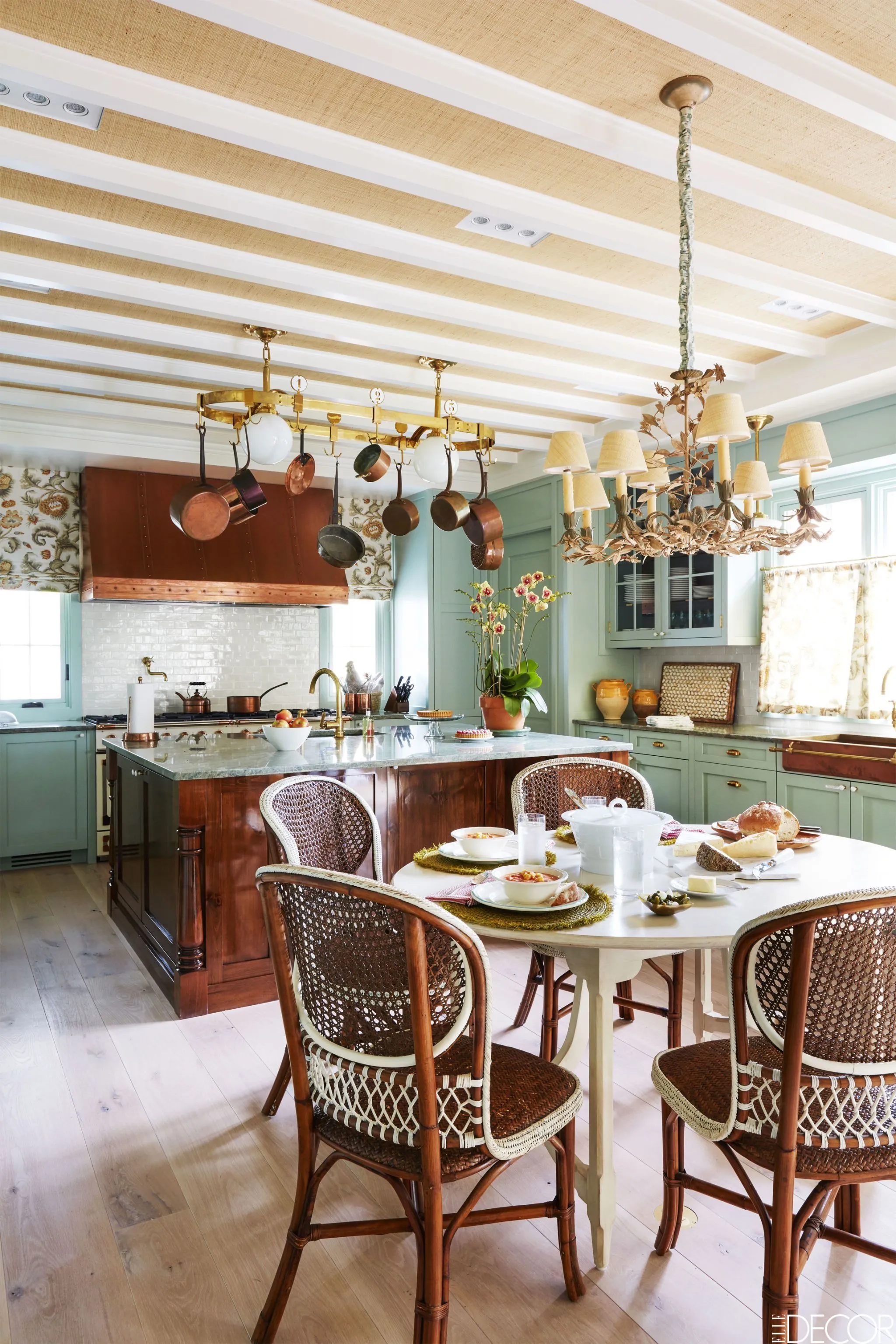
A farmhouse sink with an apron front is a classic feature in rustic kitchen design, providing both functionality and a touch of elegance. This type of sink is not only practical but also adds a distinctive visual element, serving as a focal point in the kitchen. The apron front, which extends beyond the countertop, adds a traditional and inviting touch, creating a sense of history and craftsmanship. Farmhouse sinks are typically made of durable materials like fireclay, porcelain, or stainless steel, making them a long-lasting addition to your kitchen. Consider choosing a sink with a deep basin for added functionality. Complement the sink with rustic hardware, such as antique-style faucets, to enhance the overall aesthetic. A farmhouse sink is a timeless addition to a rustic kitchen, adding both style and practicality to the heart of your home. This single feature elevates the overall look and feel of your kitchen.
Wooden Countertops and Butcher Blocks
Wooden countertops and butcher blocks are a must-have for a rustic kitchen, bringing warmth, character, and a natural feel to the space. The beauty of wood lies in its unique grain patterns and the way it ages over time, adding a sense of history and charm to your kitchen. Wooden countertops create a warm and inviting atmosphere, and provide a practical surface for food preparation. Butcher blocks, often used as islands or standalone work surfaces, provide a durable and attractive surface for chopping and cutting. When choosing wooden countertops, consider the type of wood and the finish. Options like reclaimed wood or live-edge countertops add a unique, rustic touch. Regular maintenance, such as oiling or sealing, is necessary to keep your wooden countertops in good condition. Wooden countertops and butcher blocks are essential to adding natural warmth and functionality. These natural elements are vital in creating the rustic style.
Lighting Fixtures and Ambiance
Lighting fixtures play a crucial role in creating the right ambiance in a rustic kitchen. Choose fixtures that complement the overall style, emphasizing warmth and creating a welcoming atmosphere. Consider incorporating a mix of lighting, including ambient, task, and accent lighting, to achieve a balanced and functional space. Use pendant lights over the kitchen island or dining table for task lighting, and install sconces or under-cabinet lighting to provide accent lighting. The fixtures themselves should have a rustic touch. Look for materials like wrought iron, wood, or seeded glass. The right lighting fixtures enhance the warmth and character of the space. They create a comfortable and inviting atmosphere. Pay attention to the placement and brightness of the lights to ensure the kitchen is both functional and stylish.
Considerations for Lighting
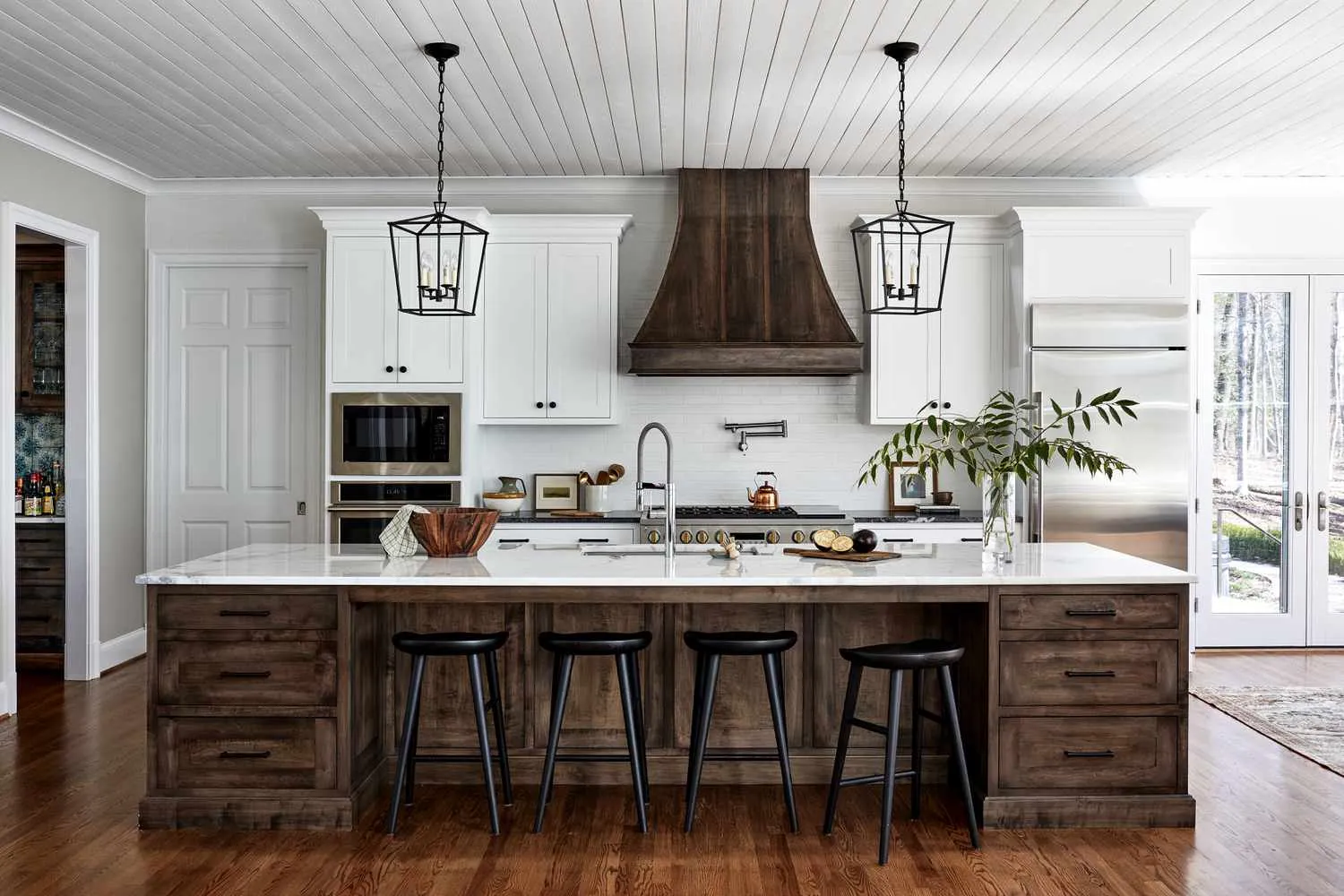
When choosing lighting for a rustic kitchen, consider both the functionality and the aesthetic appeal. The goal is to create a well-lit space that also complements the rustic style. Start by assessing the overall lighting needs of the kitchen, identifying areas that require task lighting, such as the countertops and the cooking area. Use pendant lights over the island or dining table to provide focused illumination. Consider the type of light bulbs you choose, opting for warm white LED bulbs to create a cozy atmosphere. The placement of the fixtures is also essential, as is the type of light they emit. Experiment with different fixtures and lighting arrangements to find the right balance. The key is to create a space that is both functional and inviting, reflecting the warmth and character of the rustic style. The careful selection of lighting fixtures is key to enhancing the look of the kitchen.
Choosing the Right Fixtures
Choosing the right lighting fixtures can make or break the rustic kitchen. Look for fixtures made from natural materials like wrought iron, wood, or seeded glass. These materials add texture and character to the space, complementing the overall rustic aesthetic. Consider the style of the fixtures. Look for vintage-inspired designs, such as pendant lights with Edison bulbs or chandeliers with distressed finishes. The size and scale of the fixtures should be appropriate for the kitchen. Choose fixtures that are proportional to the size of the room and the other elements in the space. Consider the color and finish of the fixtures, opting for warm tones that blend well with the rest of the decor. The right lighting fixtures can dramatically enhance the rustic style. They create a warm and inviting atmosphere. Choosing the correct type of fixtures is vital to tying the overall rustic design.
Accessories and Finishing Touches
Accessories and finishing touches are essential for completing the rustic kitchen. These details add personality, character, and a sense of warmth to the space. Consider incorporating elements like antique scales, wooden bowls, and vintage enamelware. Display your favorite cookbooks and kitchen utensils. Add decorative touches like mason jars, ceramic pitchers, and copper pots. Accessories should complement the overall style, adding texture and visual interest to the space. The right accessories create a lived-in and inviting atmosphere. They bring personality and functionality to the kitchen. Don’t be afraid to mix and match different textures, colors, and materials. The goal is to create a space that feels both stylish and practical. The right finishing touches enhance the beauty of the rustic kitchen.
Textiles and Soft Furnishings
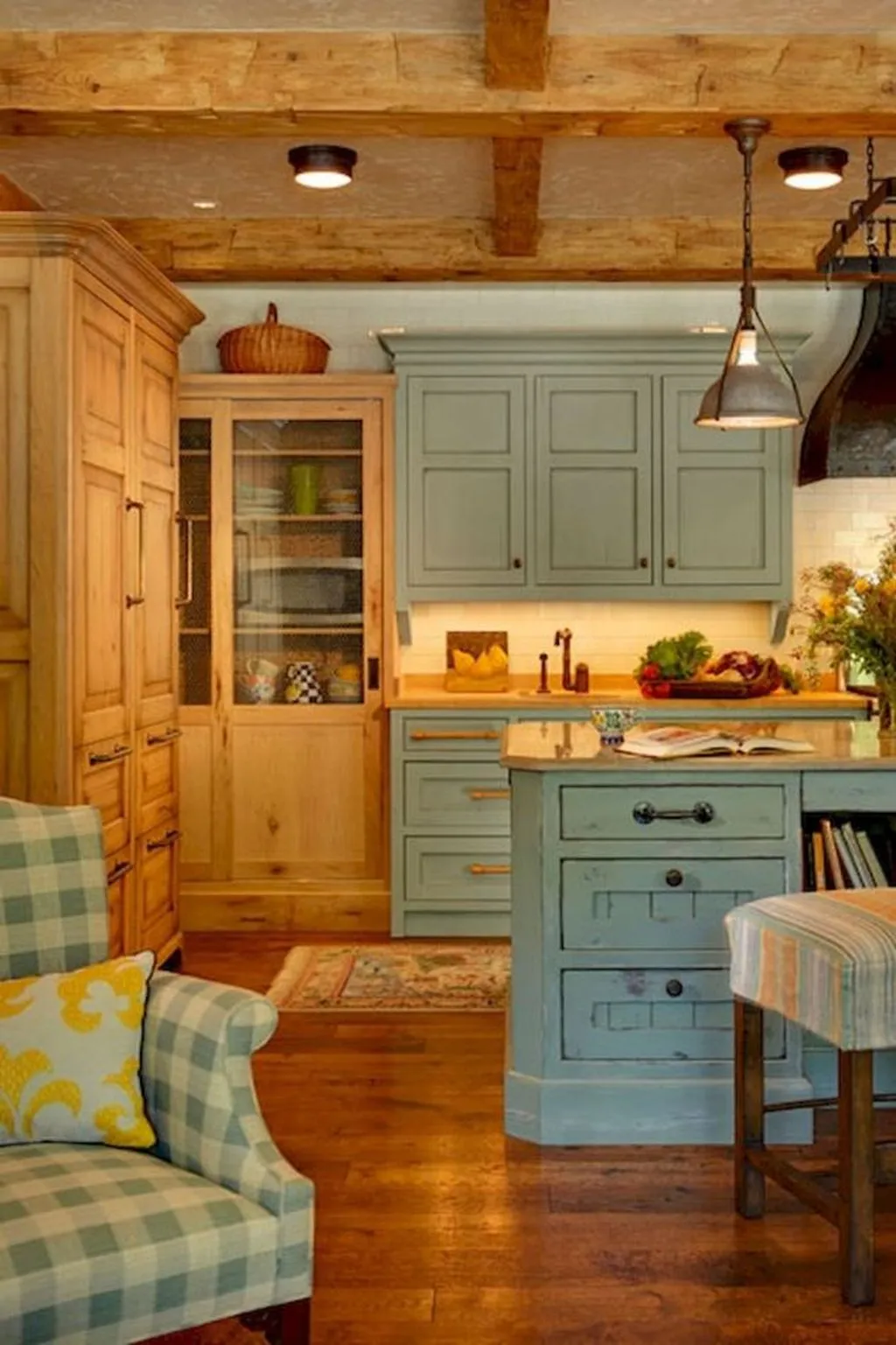
Textiles and soft furnishings can soften the space and add warmth to a rustic kitchen. Choose textiles made from natural materials like linen, cotton, and wool. Consider incorporating these materials through curtains, dish towels, and tablecloths. Choose patterns and colors that complement the overall style, opting for warm, earthy tones and classic designs. Consider adding a rug to the kitchen to add softness and warmth, especially in front of the sink or stove. The right textiles enhance the rustic style, adding layers of texture and visual interest to the space. They also help to create a welcoming and inviting atmosphere. Remember to choose durable and easy-to-clean textiles that are appropriate for a kitchen. This is key to achieving a stylish and functional rustic kitchen.
Greenery and Natural Elements
Incorporating greenery and natural elements is a great way to enhance the rustic charm of your kitchen. Plants bring life and freshness into the space, and they complement the natural materials that are central to the style. Consider adding herbs, such as rosemary and basil, to the windowsill. Place a vase of wildflowers or branches on the countertop or dining table. Choose plants that thrive in kitchen environments. Incorporating natural elements like wooden bowls, stone coasters, or a woven bread basket to add texture and visual interest. Greenery and natural elements bring the outdoors in, creating a sense of peace and tranquility. These elements enhance the overall rustic aesthetic, making the kitchen feel more inviting and connected to nature. The right greenery adds an organic touch to the kitchen.
